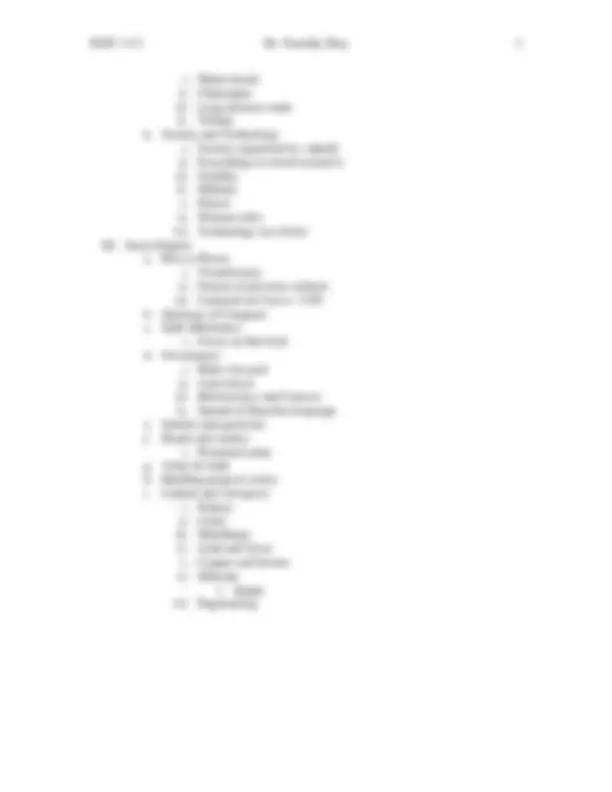



Study with the several resources on Docsity

Earn points by helping other students or get them with a premium plan


Prepare for your exams
Study with the several resources on Docsity

Earn points to download
Earn points by helping other students or get them with a premium plan
Community
Ask the community for help and clear up your study doubts
Discover the best universities in your country according to Docsity users
Free resources
Download our free guides on studying techniques, anxiety management strategies, and thesis advice from Docsity tutors
An overview of mesoamerican civilizations during the classic period, focusing on teotihuacan and the subsequent rise of the aztecs and incas. Topics include the main centers of civilization, religious sites, population, influence, monumental architecture, written language, religion, political and social organization, and the role of rulers. The document also covers the decline of these civilizations and the emergence of new ones.
Typology: Study notes
1 / 3

This page cannot be seen from the preview
Don't miss anything!


Dr. Timothy May
I. Mesoamerican Civilizations-Classic Period 150-900 CE a. Classic Era b. Main centers of civilization i. Great Valley of Mexico ii. Yucatan and Guatemala, Southern Mexico c. Teotihuacan i. 200,000 people